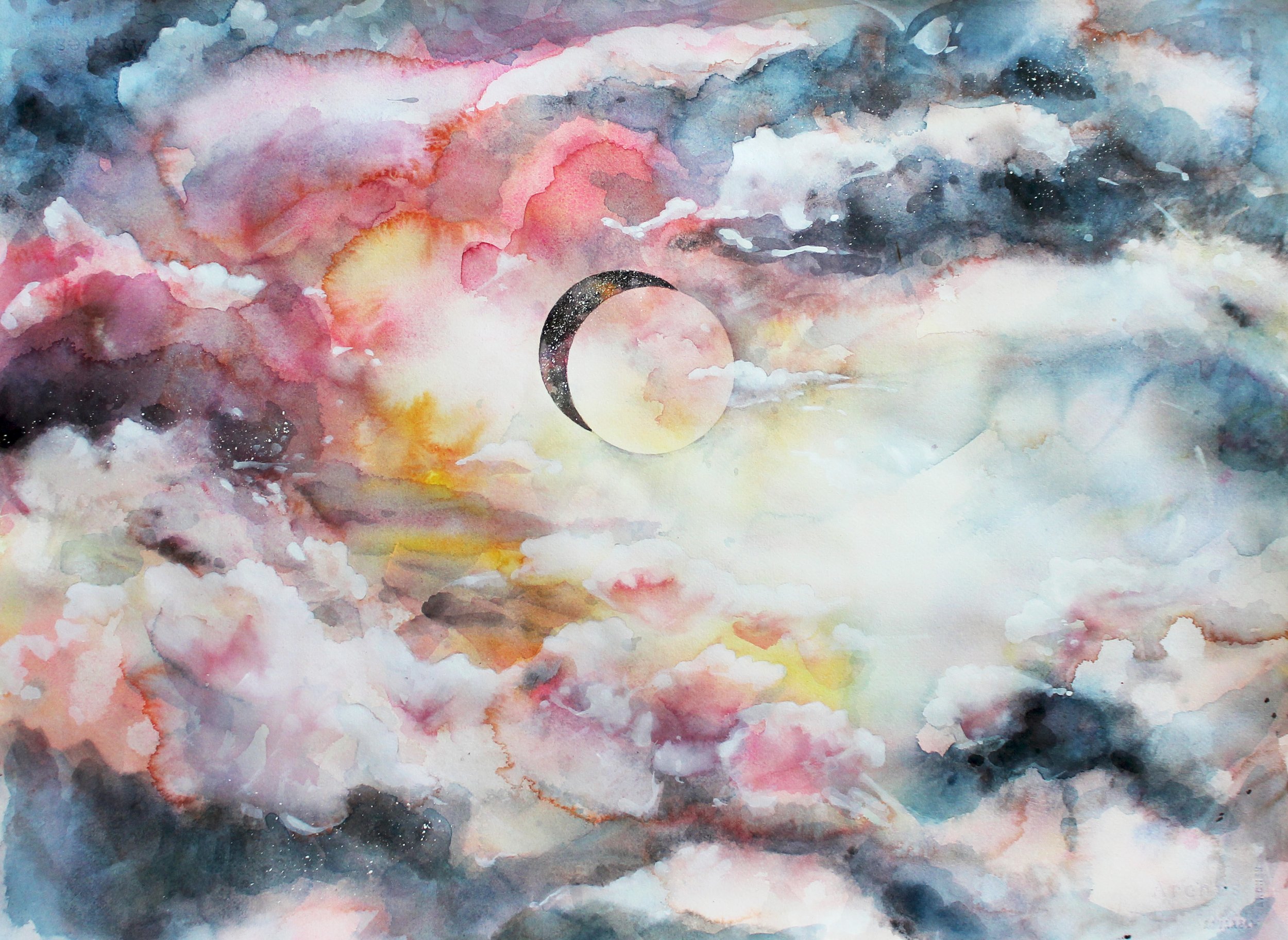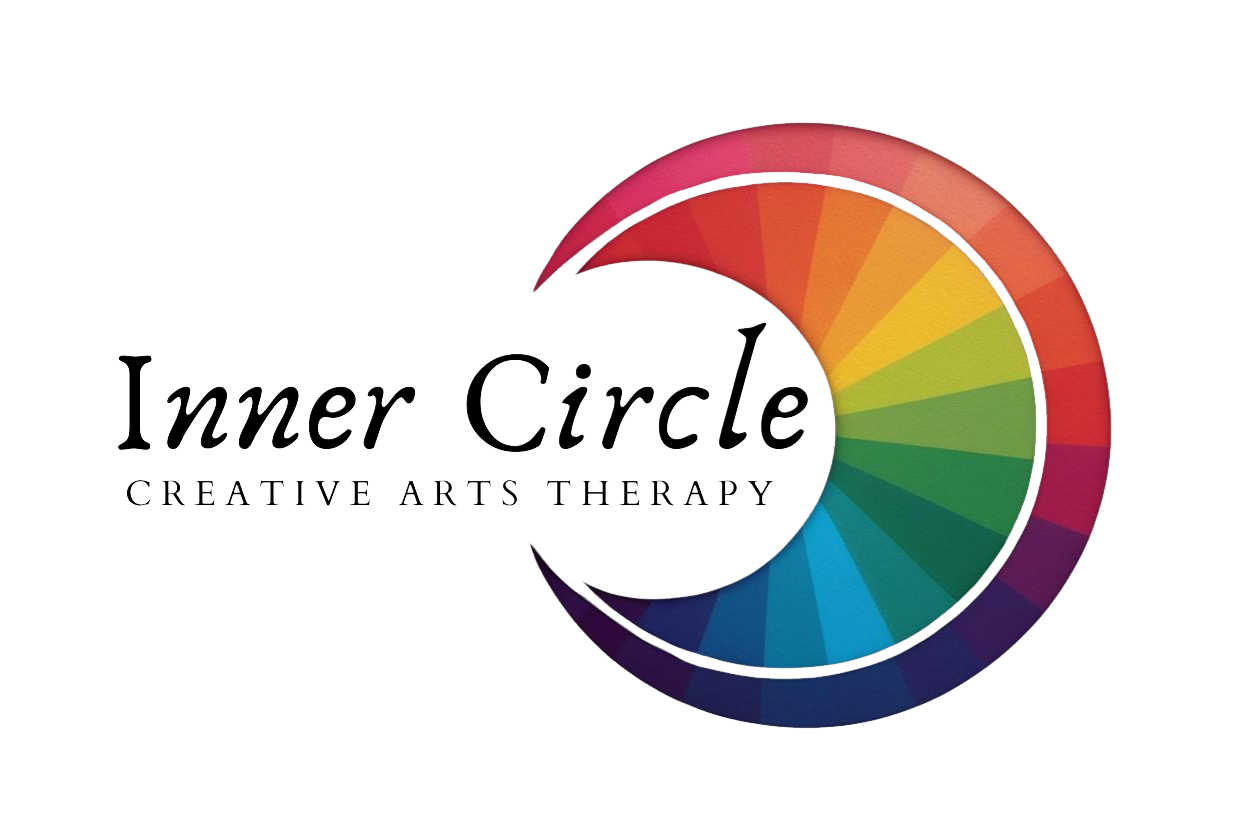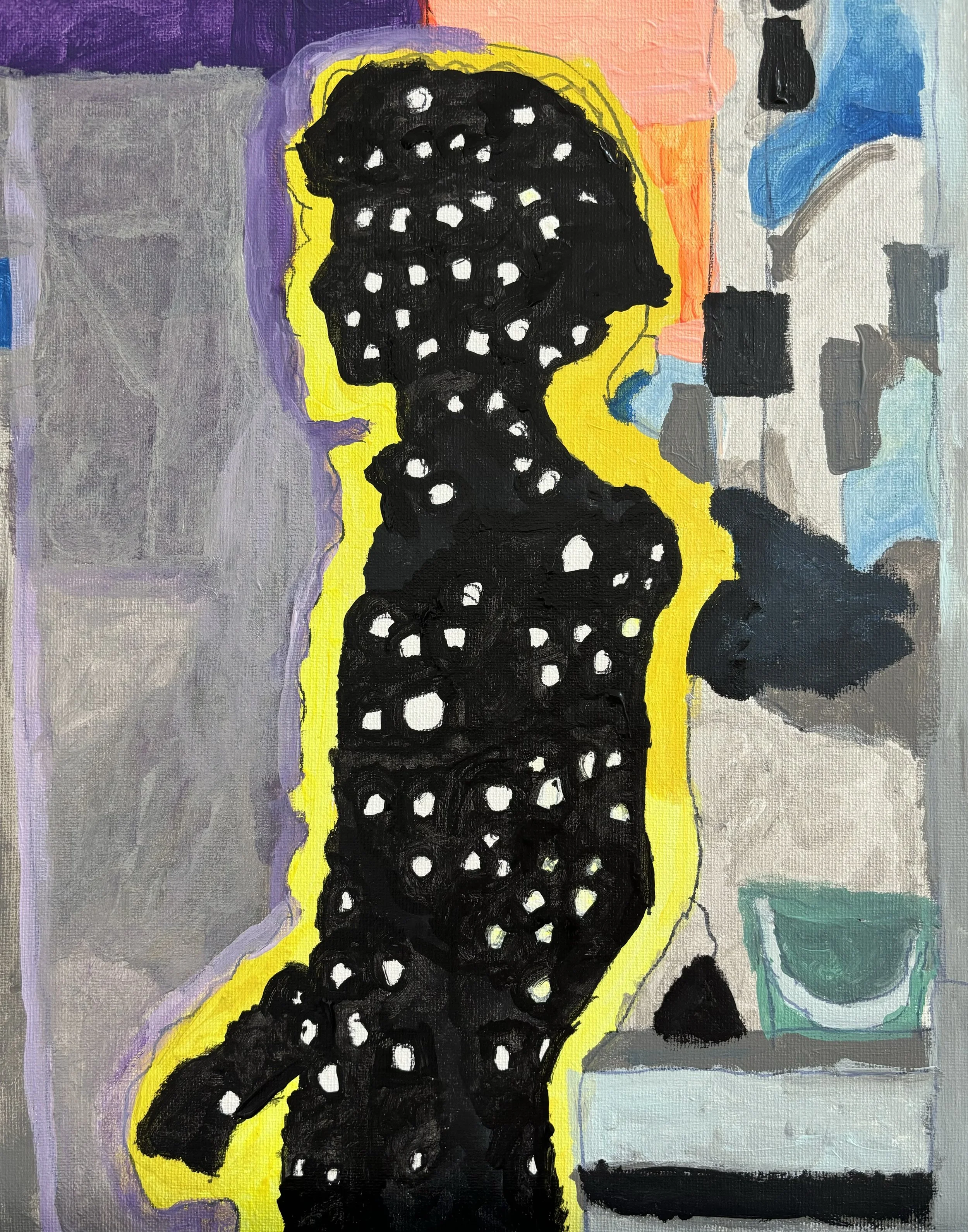
Art therapy harnesses the power of both traditional and non-traditional art-making techniques to facilitate personal development and aid in the alleviation, remediation, and prevention of distress in individuals. By utilizing the creative process and the resulting artwork, art therapy offers a holistic and humanistic approach to mental health that connects mind, body, and spirit.
Who is Art Therapy for, and how does it work?
Art therapy is accessible to everyone, regardless of artistic skill or experience. While some may associate art therapy primarily with children, the truth is that individuals of all ages can benefit from engaging in the creative process. No artistic talent is required; all that is needed is a willingness and curiosity to explore the therapeutic benefits of art. By trusting the process, individuals can connect with their inner selves and promote mental wellness through self-expression and creativity.
Art therapy goes beyond just talking or just making art. Sessions may include verbal check-ins, art directives, and reflection on story, symbolism, and metaphor present in the art and process. Different art modalities offered, no experience needed.

What is an Art Therapist?
Art therapists are trained in both art and therapy. The process isn’t an art lesson – it is grounded in the knowledge of human development, psychological theories, and counseling techniques.
A master’s degree is required for practice in Art Therapy. Minimum educational and professional standards are established by the American Art Therapy Association, Inc.
Art therapy is growing and the professional, academic, and research foundation is expanding.

